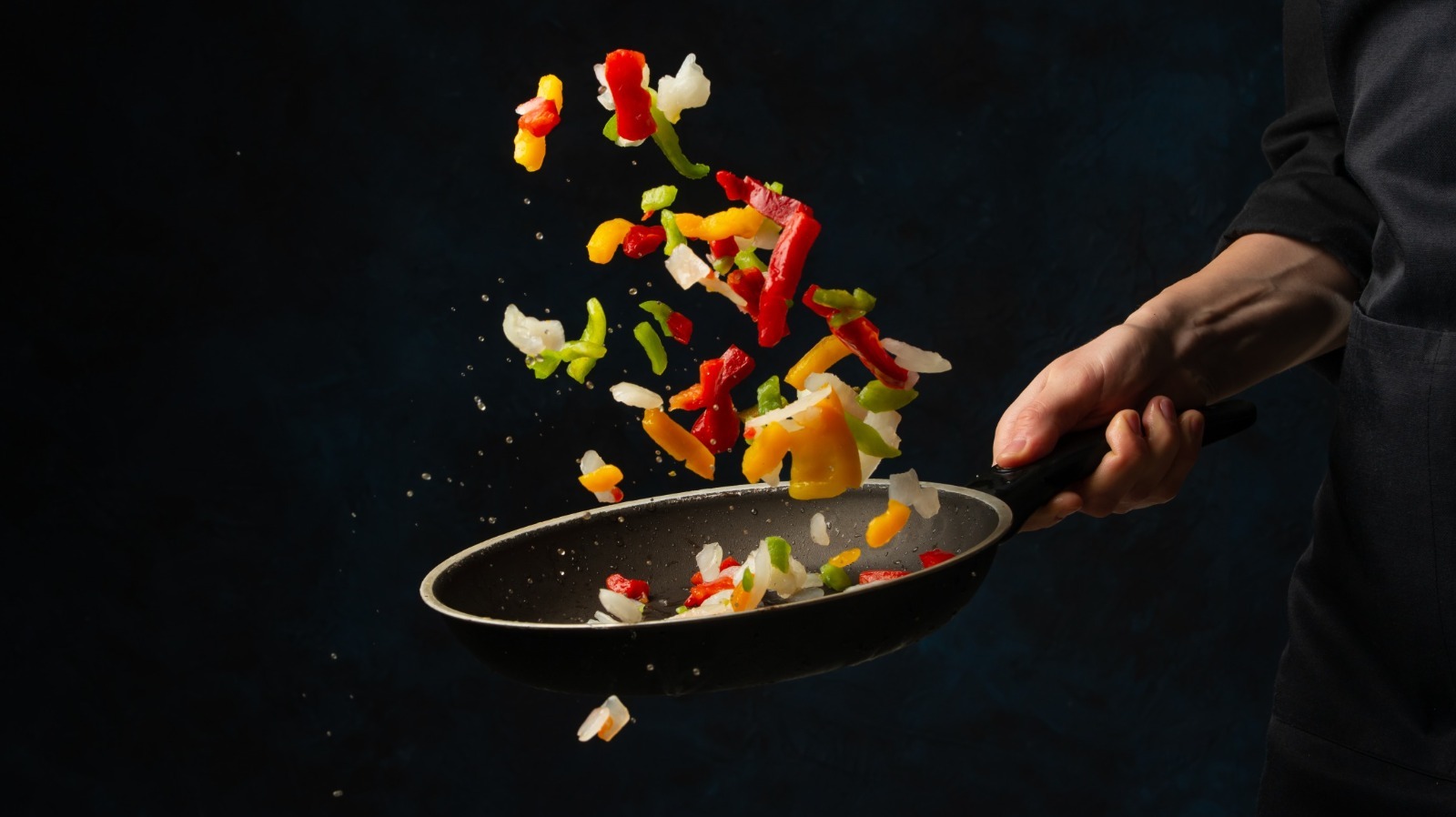Cooking Terms

Bind: One is often instructed to bind a sauce. This means that after the sauce is cooked, it is further prepared in such a way that it thickens somewhat and achieves a uniform and, generally, smooth texture. Binding is accomplished by adding an outside medium to the sauce: either a starch alone or in a mixture; or egg yolks, butter, or cream. Flours, such as rice and potato, starches such a arrowroot and corn, as well as the more usual white wheat flour, can be added to the sauce by first combining it carefully with a little cool liquid, either some of the sauce, water, wine, milk, or broth. Then stir in the warm sauce in small quantities until about a cup has been blended. Next, pour the blend into the remainder of the sauce and cook for about five minutes, stirring continually and not permitting it to come to a boil. Sometimes four is kneaded with an equal quantity of butter and then this lump is permitted to dissolve in the warm sauce.
Bouquet Garni: This is generally composed of a few springs of parsley, a bay leaf, and a sprig of thyme. It is a common herb flavoring in French soups and stews. The herbs are ties together with a string so as not to get lost in the pot; they are removed before serving. In the absence of dried or fresh sprig thyme, a quarter tsp of dried leaves may be substituted. Other things, such as a clove of garlic or a sliver of orange peel may be added to the bouquet Garni depending on the part of France in which the dish originated.
Cornichons: These are very small sour pickles or gherkins much used as a garnish and an ingredient. Occassionlly, green cornichons are mentioned. These are the special cucumbers from which cornichons would be made. To substitute, use peeled, seeded small cucumbers, preferably slightly bitter.
Coulis: A coulis is halfway between a puree and a very rich broth. It may be made by cooking any specified ingredients until they almost liquify and can pass through a sieve as a thick liquid. In a puree, on the other hand, all the solid matter is passed through the sieve as well.
Court Bouillon: A liquid used for cooking sea food. it is generally made by boiling the skin, heads, and bones of fish in white wine, or another liquid specified in the recipe, with the addition of vegetable and spices. The components of the court bouillon very from recipe to recipe. Sometimes it can even consist of a liquid, spices, and vegetables, without any fish. For a really good strong basic court bouillon, take three pounds of fish odds and ends begged from your fish store, a bottle of white wine, plus enough water to barely cover the fish Add one carrot cut in chunks, one medium onion, two stalks of celery, a small bunch of parsley, a few peppercorns, and a few cloves. Boil for about three hours, pass through a sieve, and skim off any surface fat. Be careful to not add to much salt.
Cream: Especially that referred to as fresh cream (creme fraiche) is much thicker and fatter in France than the cream we buy in stores.
Fines Herbes: The group of herbs comprising this varies with seasonal availability and the dish. The base is parsley; tarragon, chives, chervil, and other leafy green herbs are used.
Fresh butter: This simply means unsalted.
Lard: This generally refers to unsmoked hardback pork fat, and is used either to insert in meat or to wrap it. Its purpose is to prevent the meat from drying out. Often bacon, unsmoked bacon, or salt pork is diced and added to a dish either plain or previously browned in a frying pan. This adds flavor and substance to the sauce. Processed lard is unsmoked pork fat which has been rendered and is generally used as a fat either in sautéing or in pastry. Lardoons are small slices or strips of fat park or bacon inserted into meat in larding.